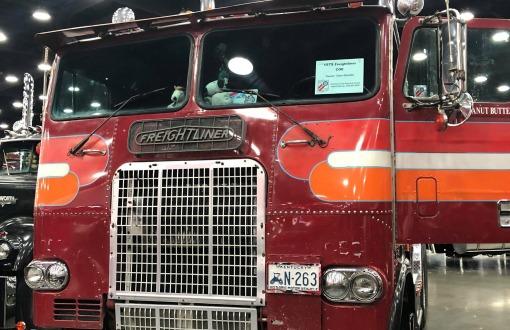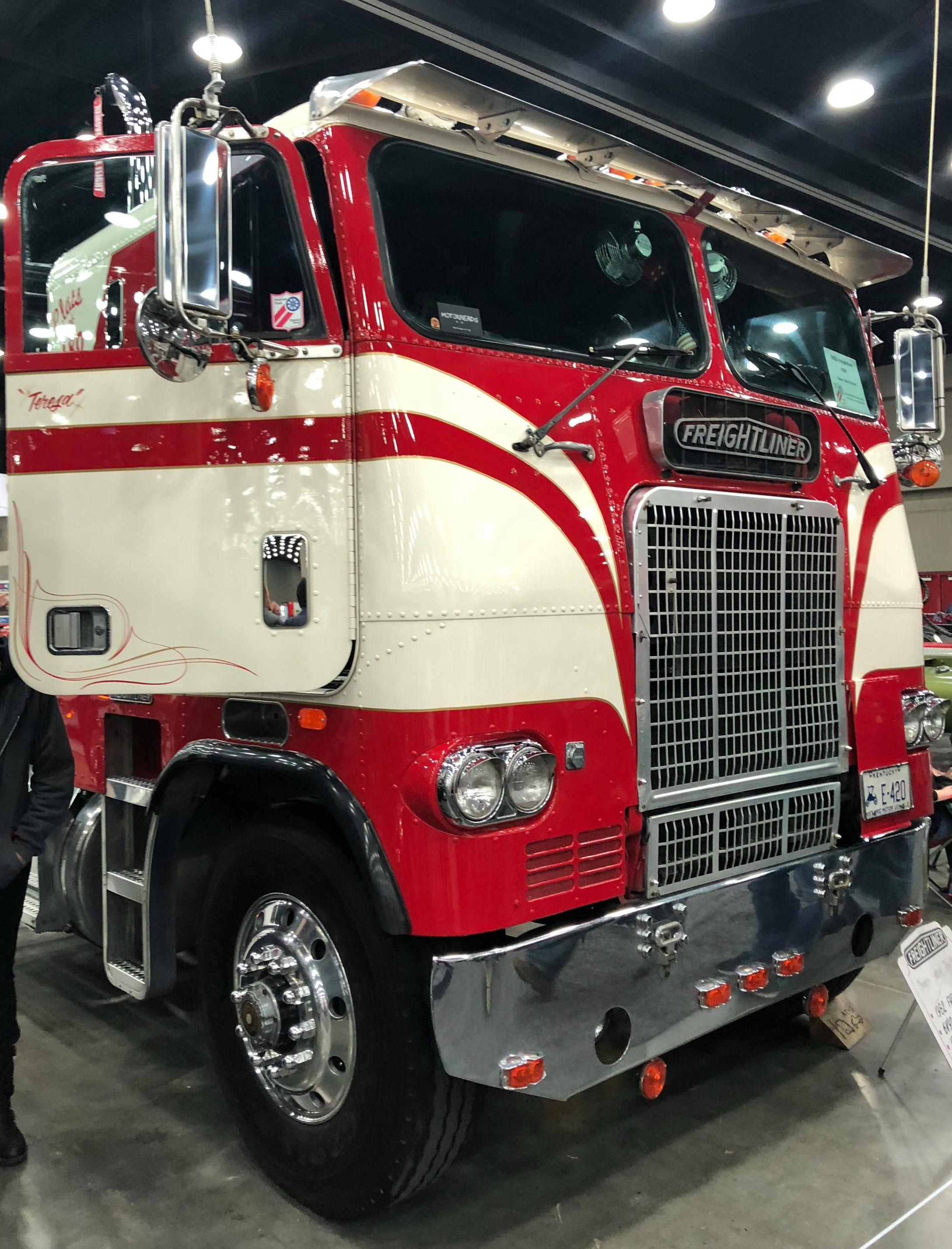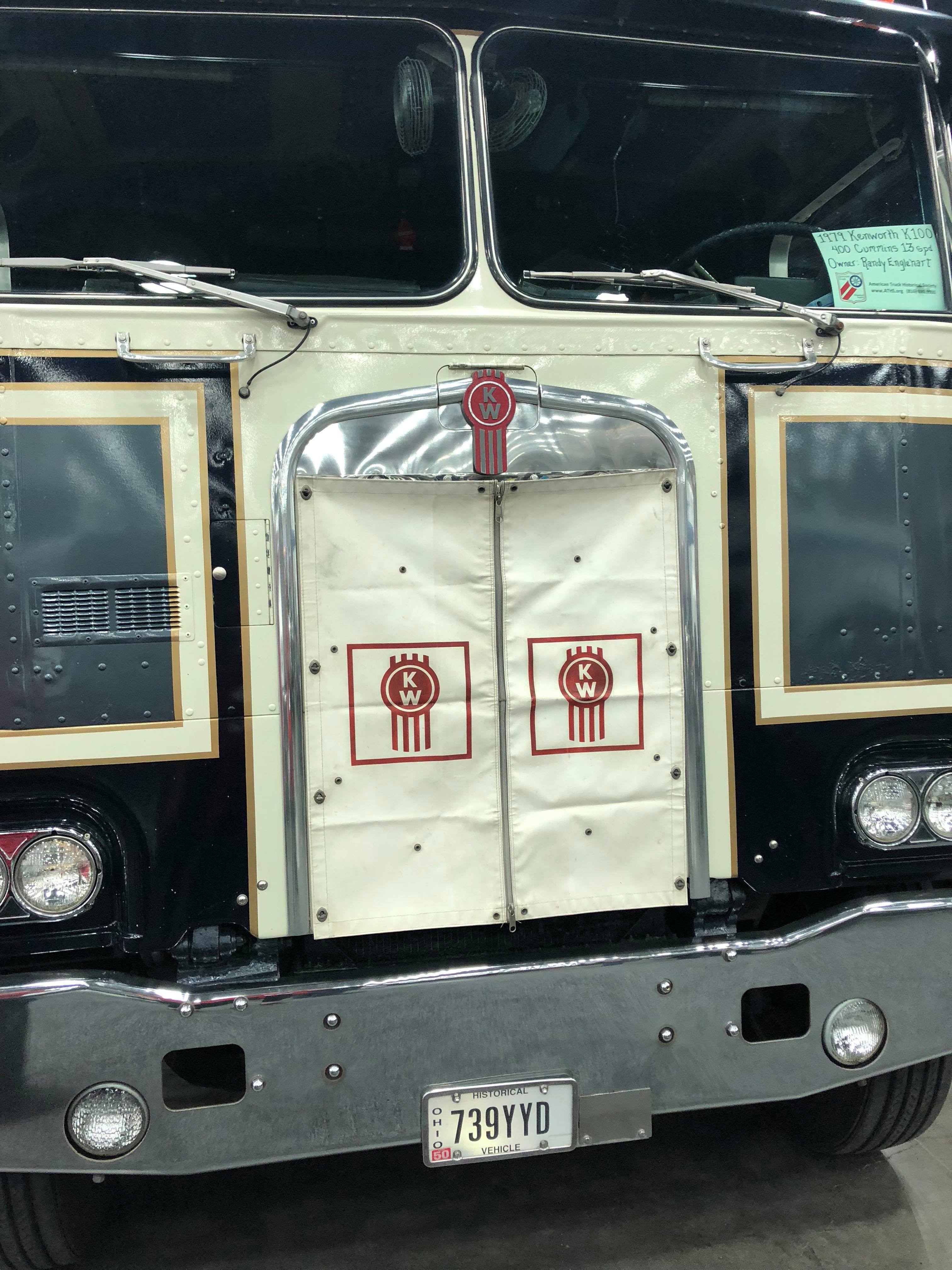What Happened to Cabovers?
March 29, 2018

Cabover trucks, also known as COE (cab over engine) are not a style you see too frequently these days.
This flat-nosed design was very popular “in its day, because of the regulations for length”. The regulations used to be a maximum length of 65 feet, including truck and trailer. This lasted from “1956 to 1976. In 1976, another 10 feet of length was allowed, for a maximum 75-foot allowance”, according to Smart-Trucking.
As length regulations have increased, the amount of cabovers has decreased.
Now that longer units are allowed on the roads, the main advantage of these trucks, is no longer valid. Overtime, “the large carriers that purchased cabovers, switched over to the conventional style rig, and the bottom rapidly fell out of the market for them in North America”. This led to the eventual halt of all COE manufacturing in North America.
However, we are left wondering – were there advantages to the cabover verses our beloved modern rigs? Here’s what we found…
- Maneuverability - The design of these trucks was incredibly easy to maneuver. When it came to “backing in to loading docks and winding through heavy traffic”, they say, “nothing can compare with a cabover truck”, Smart-Trucking. They have a much smaller axis making the truck “not just easier to drive, but also safer, as drivers are better equipped to react to changing road conditions when necessary”, TruckStops. For this reason, you will see many COE style trucks in Europe, as drivers must navigate through roads that are both tighter and narrower.
- Visibility – Having the cab above the engine “means that visibility is vastly better than the conventional semi-truck. With the driver sitting on top of the truck engine as opposed to behind it, not only is the driver made to deal with fewer blind spots, but they are also granted a better 180 degree view of their surroundings”, TruckStops.
- Efficiency – Possibly the least talked about advantage that cabovers attain is their efficiency. Trucks in Europe have “set a new standard in efficiency. While semi-trucks in the United States average a fuel consumption rate of 33l/100km, European Artic trucks average 37l/100km. This is no doubt due in part to their smaller truck size”, TruckStops.

Although this outdated style of truck has it’s share of disadvantages, it is up to you if they outweigh the pros. These are some of the common complaints said about cabovers…
- Inconvenience - To get to the sleeper bunk, “the driver of the rig must crawl through a hole. The trucker must stand up on the seat of the truck and crawl over the engine, which is positioned between the seats. Anytime the driver wants anything from the bunk, the process is the same…. there is no reaching into the sleeper to grab something when sitting in the driver’s seat”, Smart-Trucking.
- Safety – Cabovers are said to be less safe than a long hood rig. This is based on accidents and the fact that the driver has less protection. Although “modern cabovers are built with more structural safety features to protect the driver, the conventional long hood vehicle still fairs better in an accident”, Smart-Trucking.
- Discomfort – Many drivers of COEs “complained that the ride was pretty rough, mostly due to the shortened wheelbase. Comfort is a big issue, especially for long haul trucking”.

Truck manufacturers did try to address the issue of comfort, however, “to increase driver comfort in these trucks, their price increased as well. Their sales as a result, started to dwindle, as a conventional style rig was almost the same price as these flat nose trucks, and they were considerably more comfortable” Smart-Trucking.
There are pros and cons for most everything, but some things have many more cons. Are cabovers one of those? Well, it seems that not everyone would answer “yes”. In fact, some companies seem to believe there may still be a place in the market for COEs today. Time will tell.
Join the discussion in the comments! Do you think there is still a place in the market for cabovers today?
Join our community of Truck Drivers on RoadPro Driver's Lounge Facebook Group.

Submit your comment: